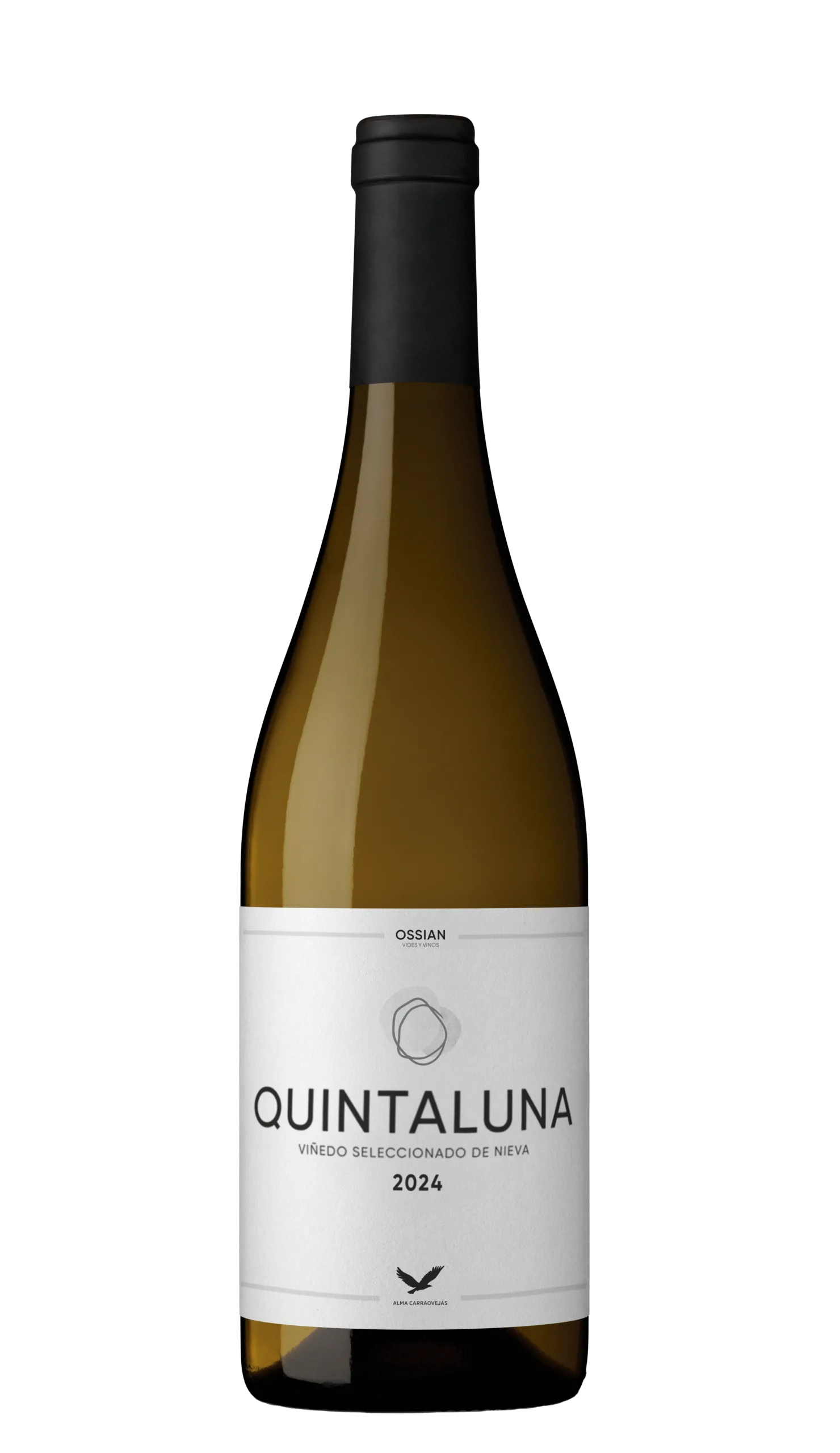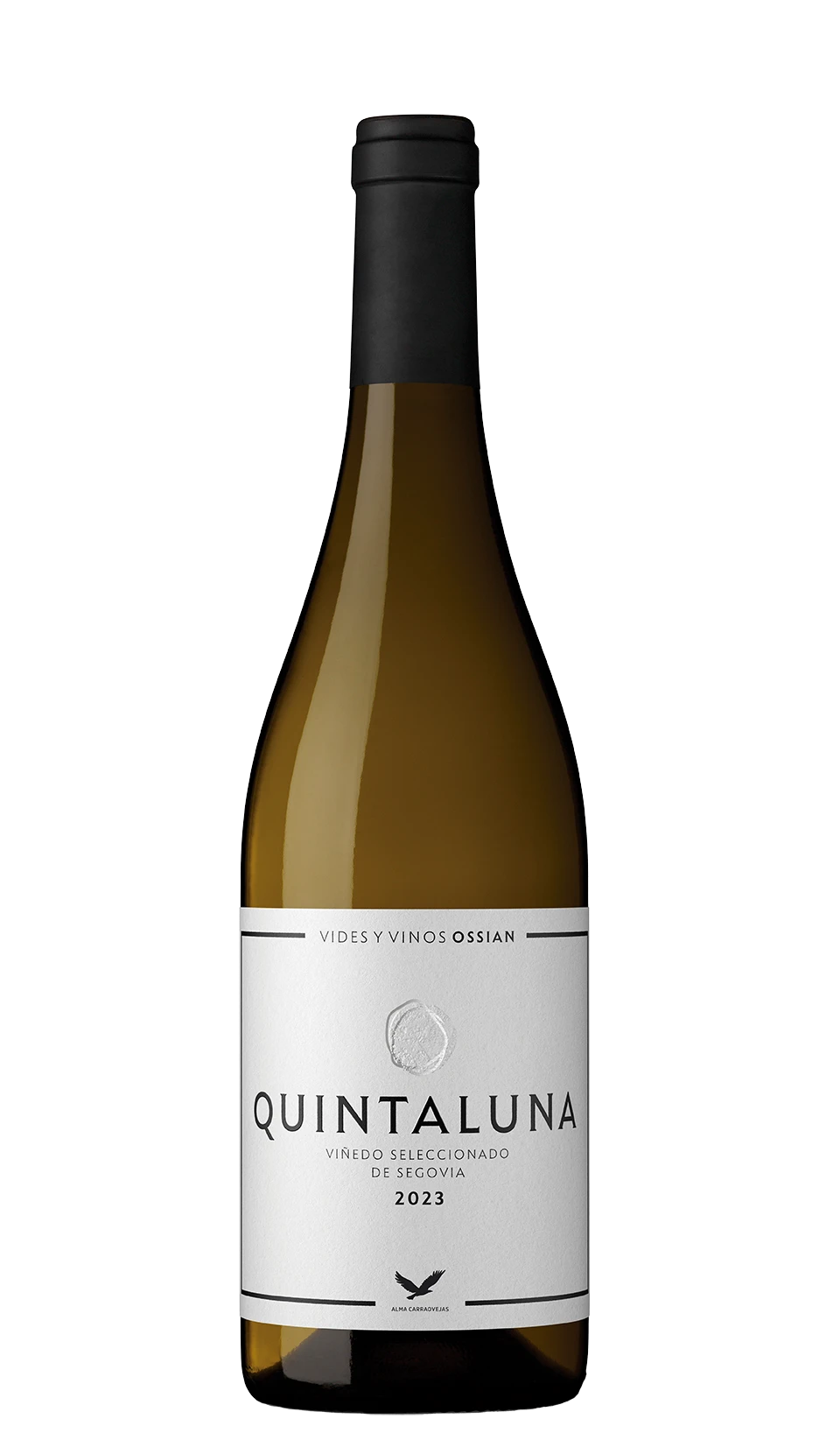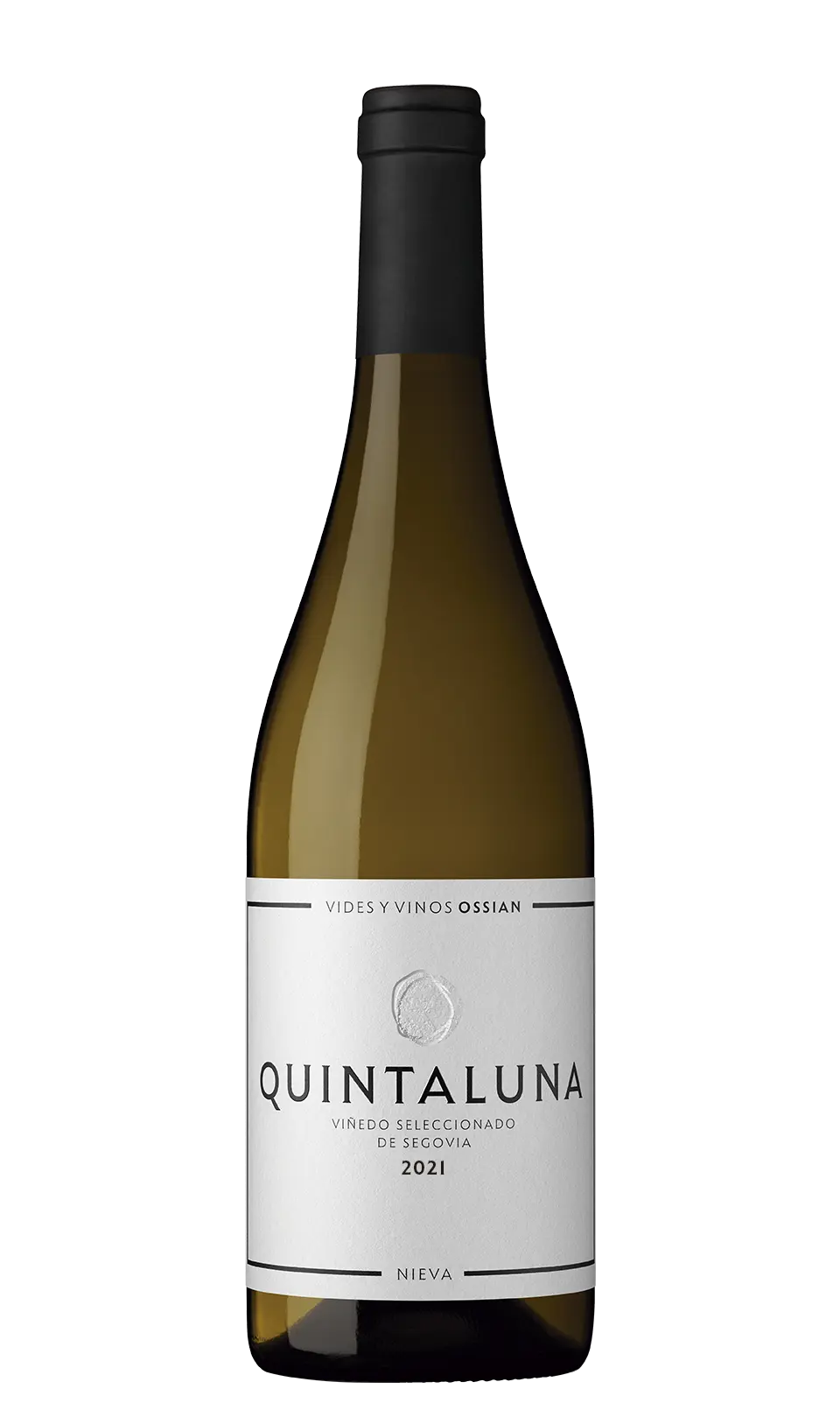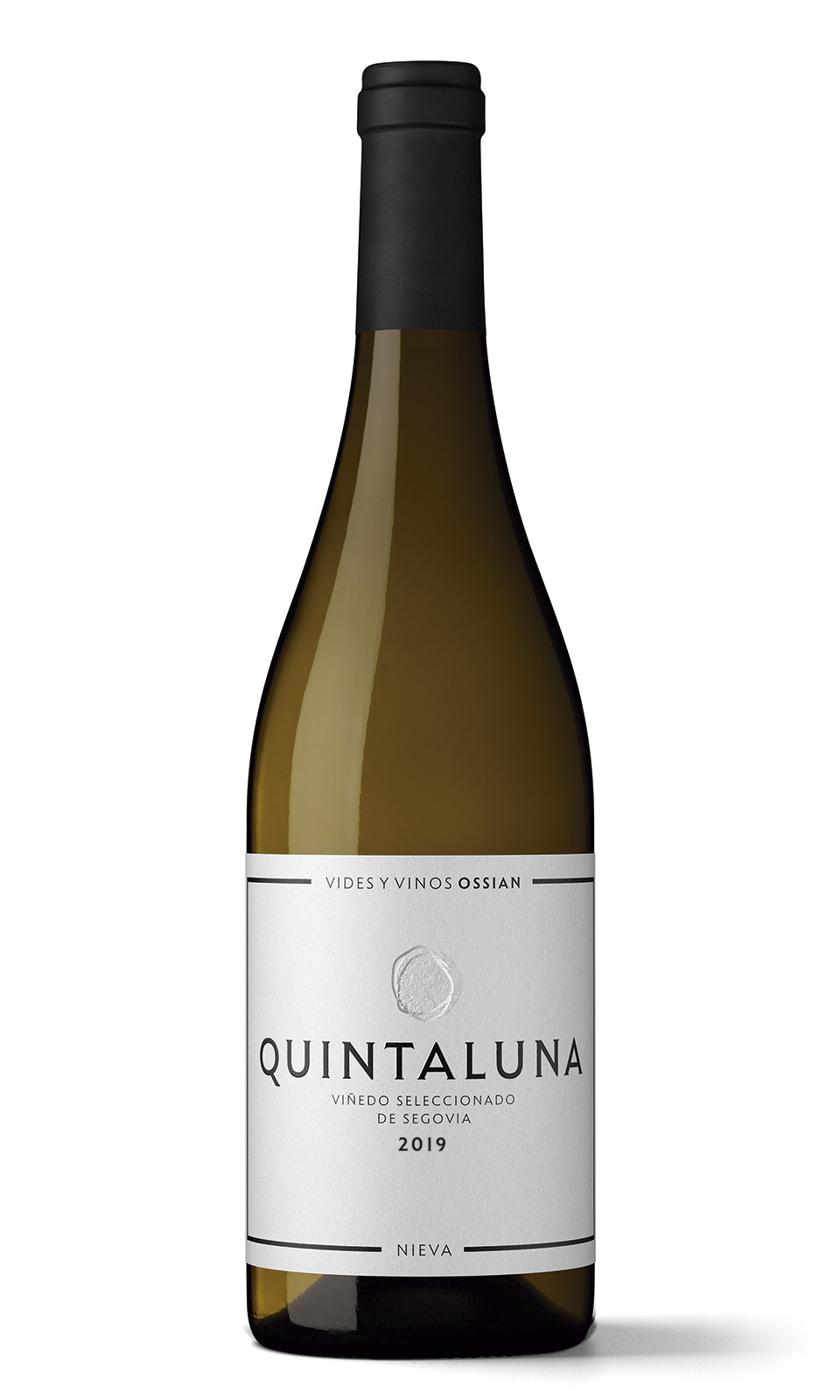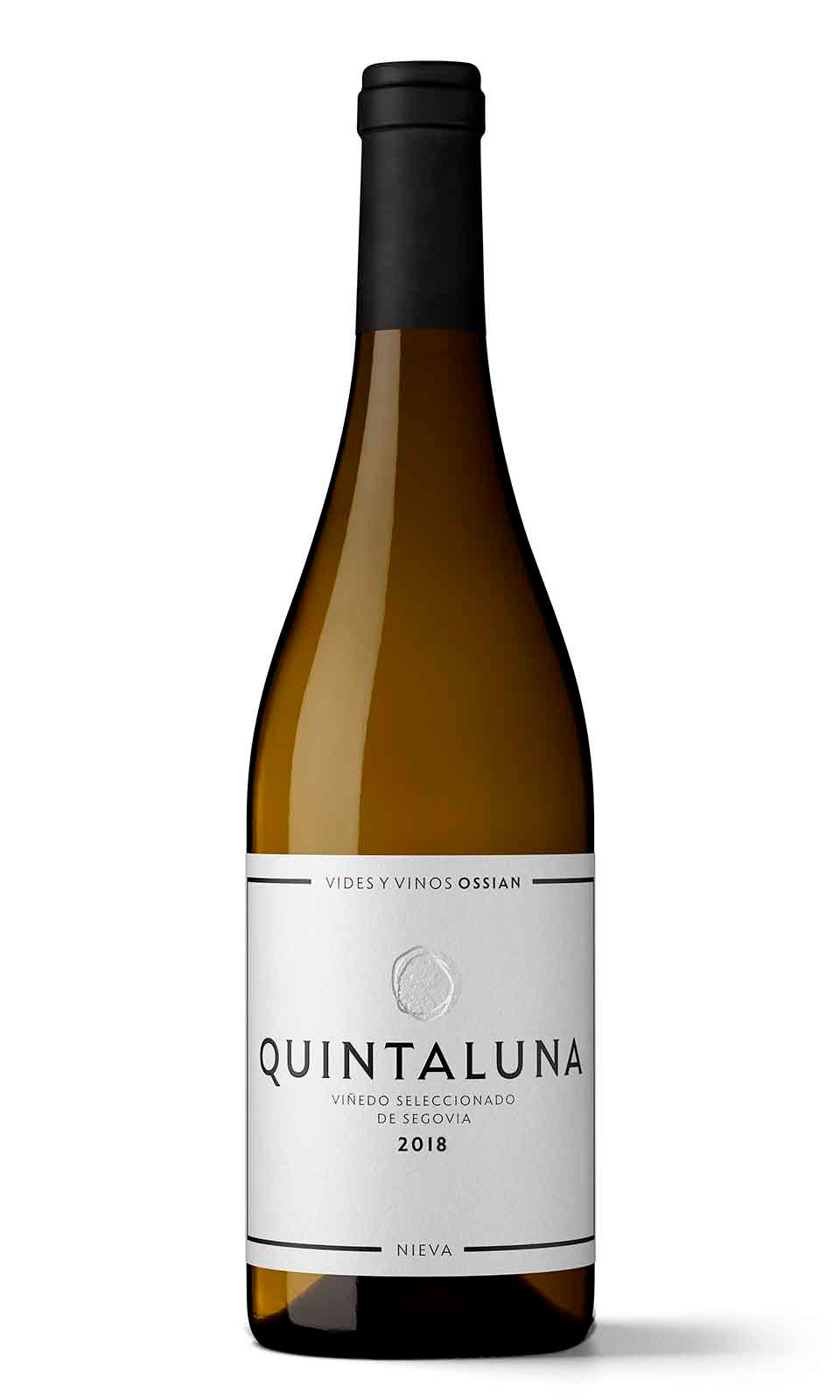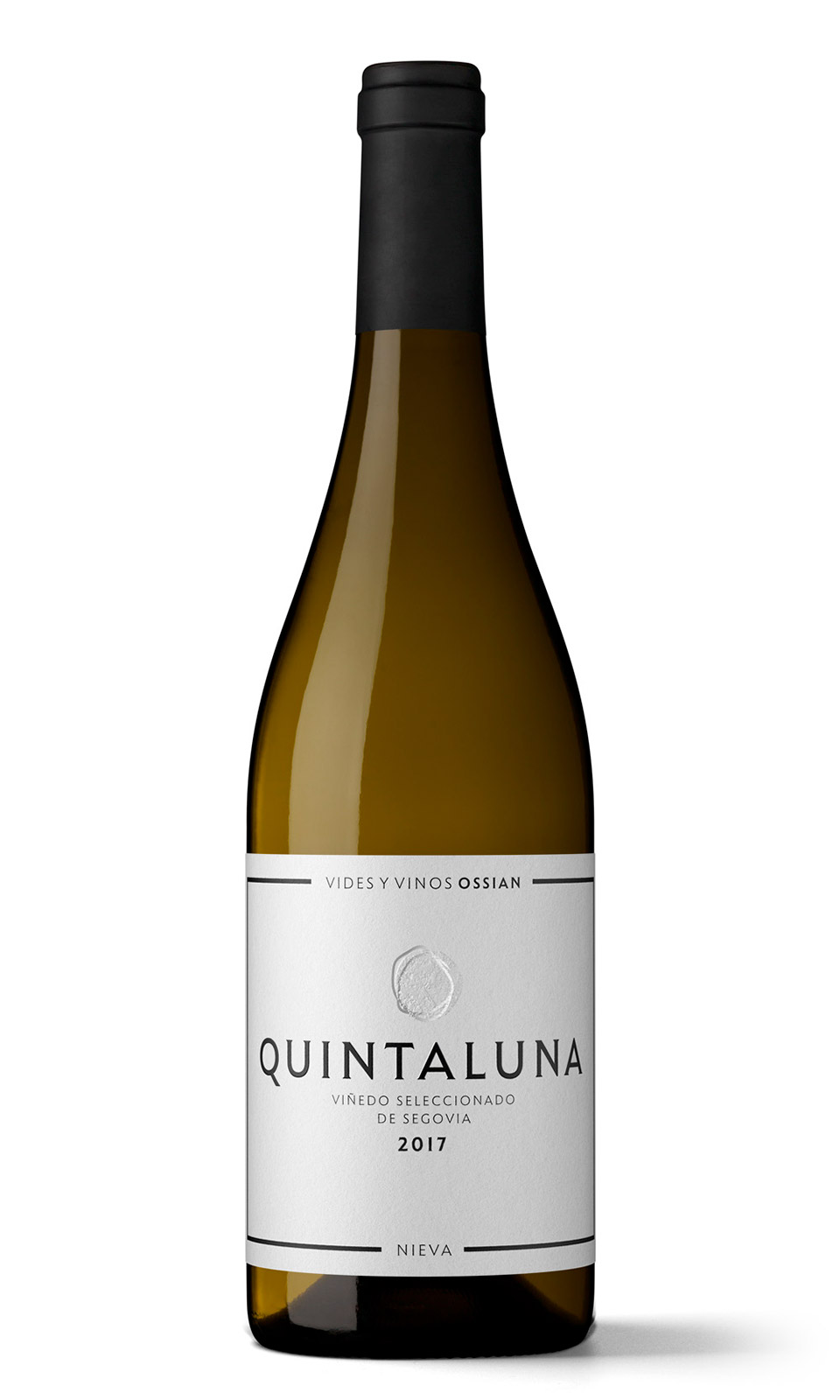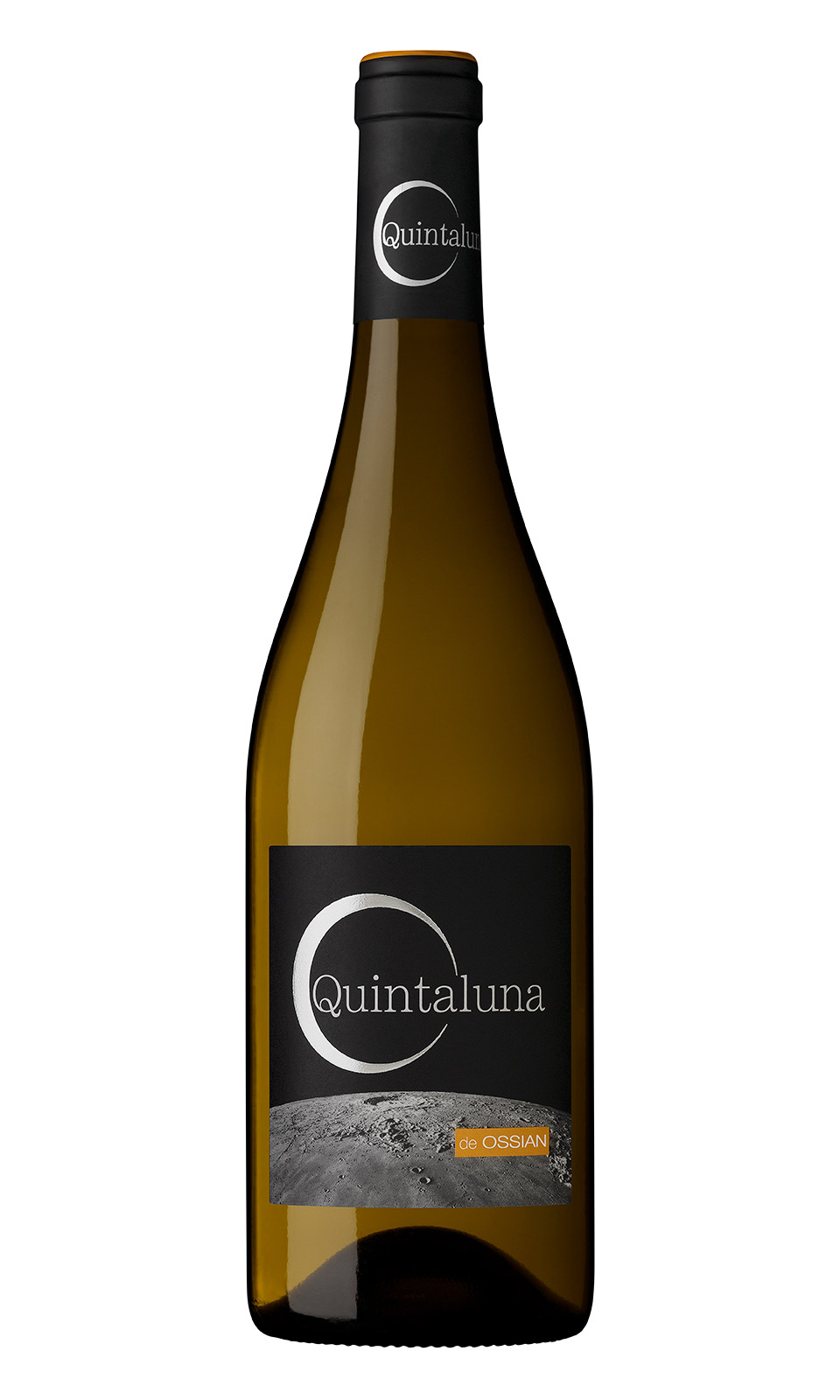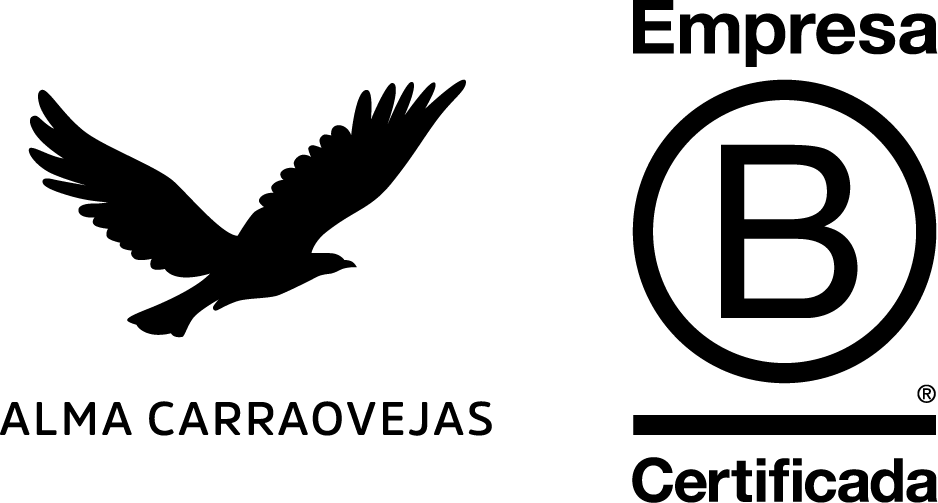Quintaluna 2022
Quintaluna 2022 is a showcase of the maximum expression and freshness of authentic Segovian Verdejo. Quintaluna is a village wine that comes from the pre-phylloxera vineyard of Nieva and from vines planted through mass selections of old vines. The vines rest in sandy soils, surrounded by pine forests and with an extreme climate that gives them an extraordinary singularity and gives the wine a unique varietal typicity. Quintaluna is the sincere reflection of a terroir with centuries of winemaking history. Arenas as the guiding thread of a vineyard with an unrepeatable history. A vibrant Verdejo of genuine freshness.
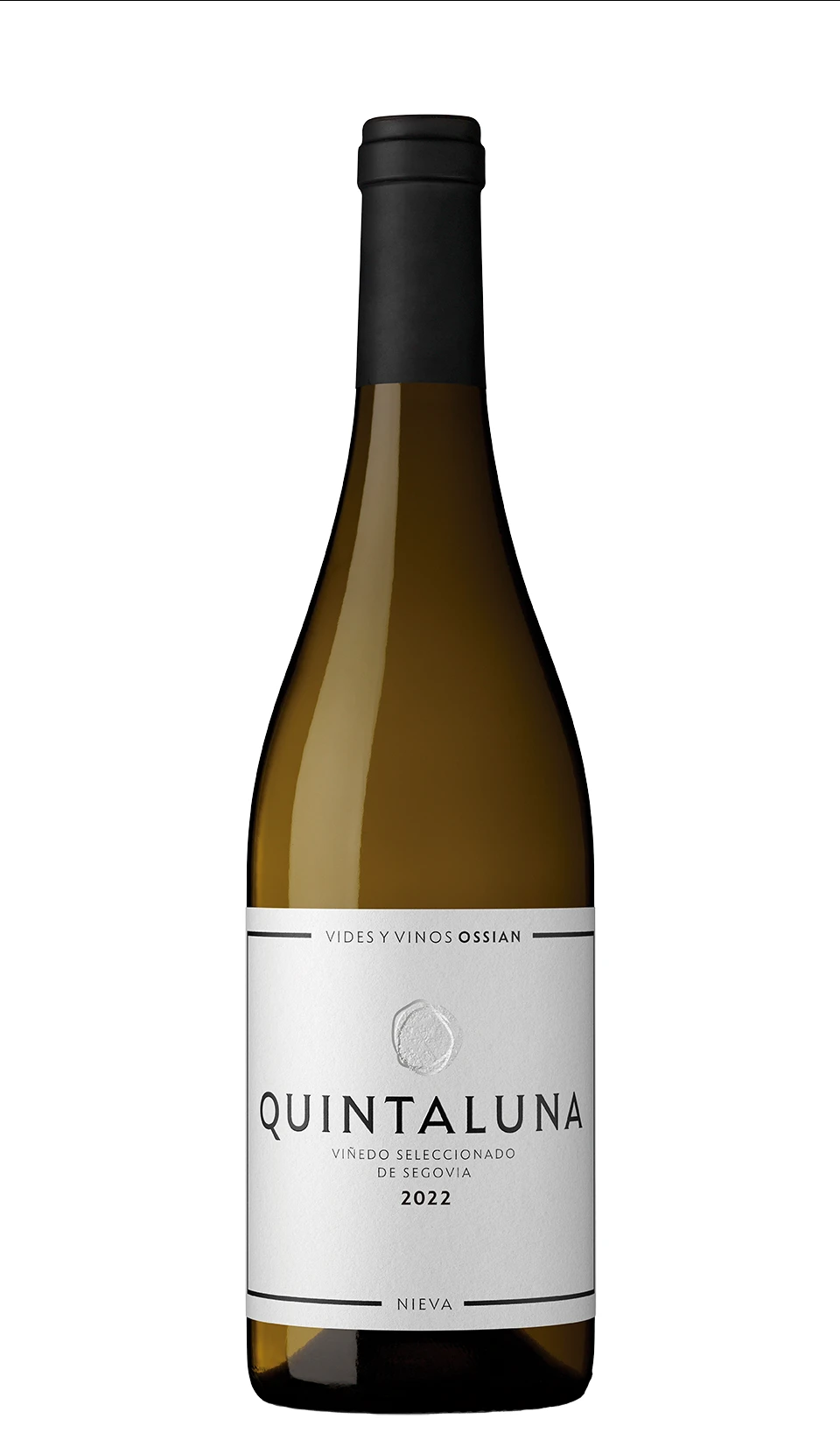
Quintaluna
Authentic Segovian Verdejo

